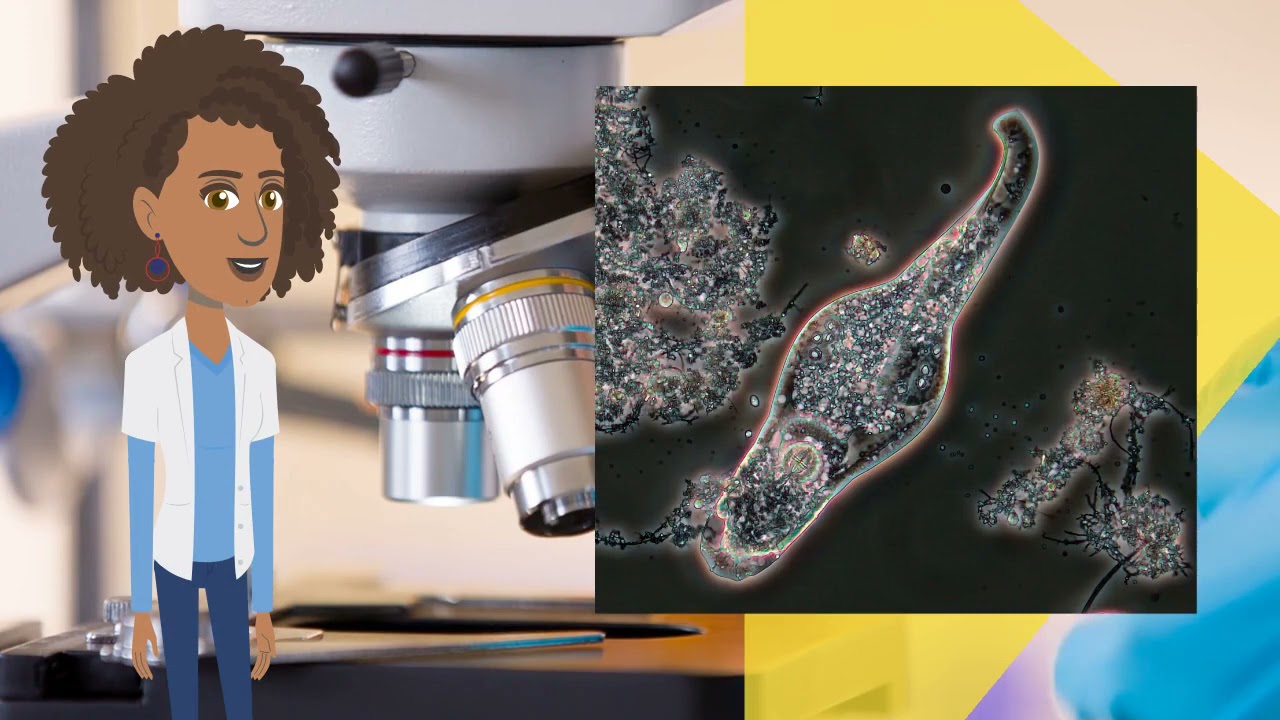Introduction: The Source of Drinking Water in Rhode Island
Rhode Island, the smallest state in the United States, is home to approximately 1.1 million residents who rely on a safe and reliable drinking water supply. The source of this vital resource is a topic of great importance, and many residents wonder if the drinking water in Rhode Island is sourced from Narragansett Bay. In this article, we will explore the origins of Rhode Island’s drinking water and shed light on the role of Narragansett Bay in this process.
Importance of Drinking Water Quality in Rhode Island
Access to clean and safe drinking water is fundamental to public health and well-being. Rhode Island recognizes the significance of drinking water quality and has implemented rigorous standards to ensure the protection of its residents. The Rhode Island Department of Health, in collaboration with various agencies, puts great effort into monitoring and testing the drinking water to maintain the highest quality standards.
Overview of Narragansett Bay in Rhode Island
Narragansett Bay, a picturesque estuary located in Rhode Island, is widely recognized for its ecological significance and recreational value. This bay spans approximately 147 square miles and is home to diverse marine species. It plays a crucial role in the state’s tourism, fishing industry, and overall environmental health.
Water Sources for Rhode Island’s Drinking Water Supply
While Narragansett Bay is a prominent feature of Rhode Island, it is not the primary source of drinking water for the state. Rhode Island’s drinking water is sourced from a combination of surface water and groundwater. The state relies heavily on surface water bodies such as rivers, lakes, and reservoirs, as well as groundwater wells, to meet its drinking water demands.
The Role of Narragansett Bay in Rhode Island’s Water Supply
Although Narragansett Bay is not directly tapped for drinking water, it indirectly contributes to Rhode Island’s water supply. The bay acts as a receiving water body for treated wastewater discharged from wastewater treatment plants. After undergoing rigorous treatment processes, the treated effluent is released into the bay, where it undergoes further natural processes before being discharged into the ocean. This ensures the protection of public health and the environment.
Water Treatment Processes for Drinking Water in Rhode Island
Before reaching homes and businesses, the water sourced from Rhode Island’s surface water bodies and groundwater undergoes a comprehensive treatment process. This process typically includes coagulation, sedimentation, filtration, and disinfection. These steps effectively remove impurities, contaminants, and pathogens, ensuring that the water meets or surpasses regulatory standards and is safe for consumption.
Monitoring and Testing of Drinking Water in Rhode Island
To ensure the continued safety of Rhode Island’s drinking water, a robust system of monitoring and testing has been established. The Rhode Island Department of Health, in collaboration with water suppliers, conducts regular sampling and analysis of the drinking water at various stages, from source to tap. This comprehensive testing regimen ensures that any potential issues are identified promptly, allowing for immediate corrective actions.
Ensuring Safe Drinking Water from Narragansett Bay
While the water sourced from Narragansett Bay is not directly used as drinking water, the state recognizes the importance of maintaining its quality. The Rhode Island Department of Environmental Management implements stringent regulations to prevent pollution and protect the bay’s water quality. These efforts, coupled with the effective treatment of wastewater before its discharge, safeguard the overall health of the bay and indirectly contribute to the protection of public health.
Collaborative Efforts for Water Quality in Rhode Island
Water quality management in Rhode Island is a collaborative effort involving various stakeholders. State agencies, municipalities, water suppliers, environmental organizations, and the public work together to protect and improve the quality of the state’s water resources. Collaborative initiatives focus on pollution prevention, public education, and the development and enforcement of regulations to ensure the long-term sustainability of Rhode Island’s water sources.
Potential Contaminants in Narragansett Bay Drinking Water
Although Narragansett Bay does not serve as a direct drinking water source, it is not immune to the presence of contaminants. Runoff from urban areas, agriculture, and industrial activities can introduce pollutants into the bay’s waters. However, the comprehensive water treatment processes and monitoring programs in place effectively mitigate these potential risks, resulting in safe drinking water for Rhode Island residents.
The Impact of Climate Change on Drinking Water in Rhode Island
Climate change poses significant challenges to drinking water resources in Rhode Island. Rising sea levels, increased storm intensity, and altered precipitation patterns can all affect the availability and quality of water sources. Rhode Island is actively studying the potential impacts of climate change and developing strategies to adapt its water infrastructure and management practices to ensure a resilient drinking water supply for future generations.
Conclusion: The Future of Drinking Water in Rhode Island
Rhode Island’s drinking water supply is a critical resource that is carefully managed and monitored. While Narragansett Bay plays an indirect role in the state’s water supply through the discharge of treated wastewater, it is not the primary source. Rhode Island’s commitment to water quality and public health is evident through its robust water treatment processes, monitoring programs, and collaborative efforts. As the state faces the challenges of climate change, it will continue to adapt and innovate to ensure a safe and sustainable drinking water supply for its residents.





